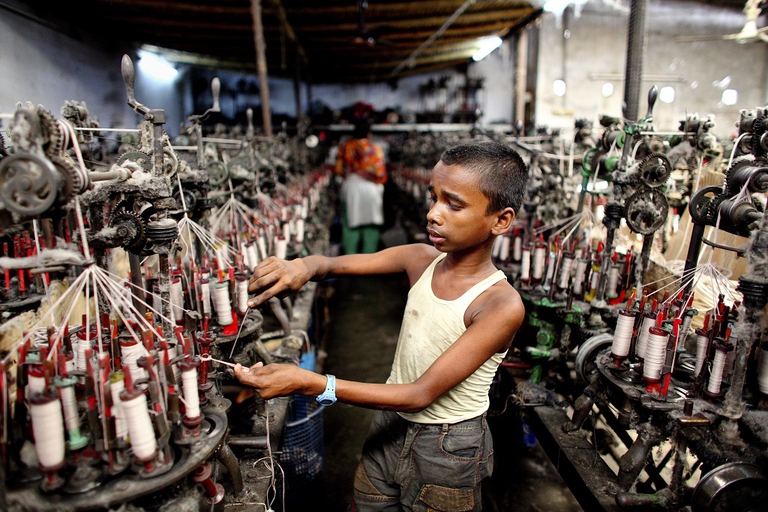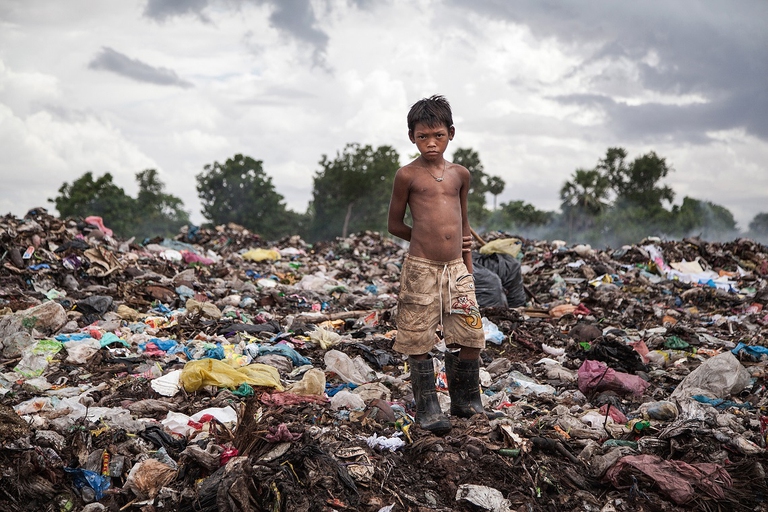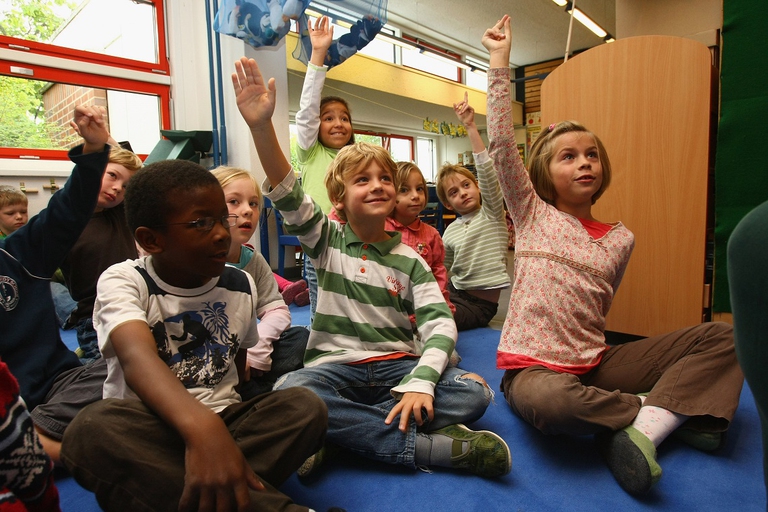
Costa Rica celebrated its first same-sex marriage when two women, Alexandra Quiros and Dunia Araya, celebrated their wedding: an “extraordinary moment”.
The World Day Against Child Labour aims to combat this phenomenon, which affects a quarter of all children worldwide.
Depriving children of their childhood is one of the greatest cruelties. The phenomenon of child labour is still far from being defeated. In fact, 218 million children are forced to work globally, often carrying out dangerous jobs.
In most cases child labour represents a sort of extra to be pooled to the family income, which is required in situations of financial difficulty. The phenomenon occurs mostly in the world’s poorest areas: in fact, Sub-Saharan Africa has the highest number of exploited minors.
But it is found even in an industrialised country such as Italy, where about 340,000 children under the age of 16 are forced to work. “The peak of child labour is registered in teenagers during the transition from middle to high school, making Italy one of the European countries with the highest rate of truancy, equal to 18.2 per cent,” Raffaella Milano of Save the Children explains.
On 12 June the World Day against Child Labour is celebrated worldwide, established by the International Labour Organisation (ILO) in 2002. The day aims to shed light on the problem of child labour, highlighting the need of defeat any form of economic exploitation of children.
Past editions have underlined the importance of education, which is key to accessing respectable forms of employment in adulthood. It has been demonstrated that putting girls in the condition to go to school is one of the best investments a country can make for its own development, yet they’re the ones who are usually the first to be forced to work in critical situations. In order to reverse this trend, the ILO asks that quality education is provided to every child, and for more effective national policies in tackling child labour and encouraging education.
The theme of the 2019 edition is Children shouldn’t work in fields, but on dreams because seven out of ten of those working under the legal age are employed in agriculture, although this issue affectS every sector. In addition, this year marks the 100th anniversary of the ILO: the World Day Against Child Labour looks back on progress achieved to tackle child labour.
The 2018 edition, together with that of the World Day on Safety and Health at Work held on the 28th of April, highlighted the urgent need to improve safety and health condition for young workers, whilst working to stop child labour. The goal of this joined campaign is to accelerate the achievement of the United Nations’ Sustainable Development Goals which include guaranteeing safe labour environments for all workers by 2030 and eliminating all forms of child labour by 2025.
Siamo anche su WhatsApp. Segui il canale ufficiale LifeGate per restare aggiornata, aggiornato sulle ultime notizie e sulle nostre attività.
![]()
Quest'opera è distribuita con Licenza Creative Commons Attribuzione - Non commerciale - Non opere derivate 4.0 Internazionale.
Costa Rica celebrated its first same-sex marriage when two women, Alexandra Quiros and Dunia Araya, celebrated their wedding: an “extraordinary moment”.
On top of a 2.4 million dollar compensation, the indigenous Ashaninka people will receive an official apology from the companies who deforested their lands in the 1980s.
From Italy to the United States, workers in the logistics and delivery sectors are protesting to demand better sanitary conditions to protect themselves from Covid-19.
The pandemic and its restrictions are affecting everyone, without exceptions. However factors like housing, income inequalities, gender, access to technology and working conditions are influencing how people experience the health crisis.
In the midst of India’s coronavirus lockdown, two dozen people lost their lives in a desperate bid to return home: migrant labourers forced to leave the cities where they worked once starvation began knocking at their doors.
Apple, Dell, Microsoft and Tesla are among the tech companies named in a lawsuit brought in the US by the families of children killed and maimed in cobalt mining activities in the Democratic Republic of Congo.
We, the people is Survival’s 2020 calendar, which features the winners of the photography contest showcasing images of the world’s indigenous peoples.
Un violador en tu camino – the rapist is you – is an anthem protesting the impunity of gender-based violence. It began in Chile and has become a global flash mob, bringing people to the streets and resonating all over the world.
Abiy Ahmed was awarded the Nobel Peace Prize for reaching peace with Eritrea. Yet, Indigenous groups in Ethiopia’s Lower Omo Valley have been abused by security forces, a fact that the prime minister must address, says the Oakland Institute.










